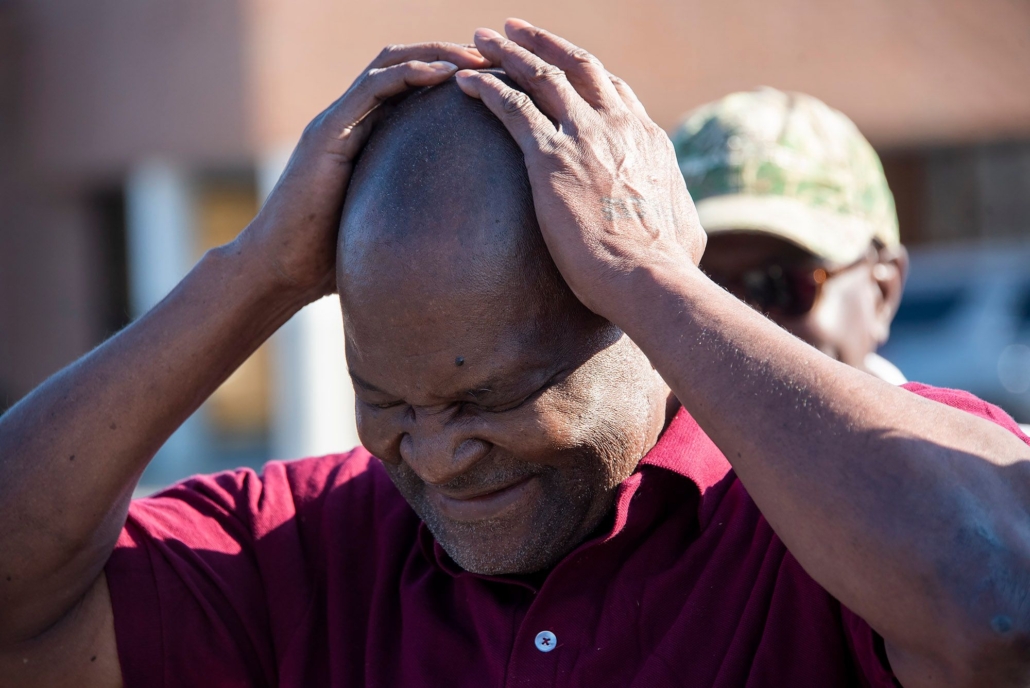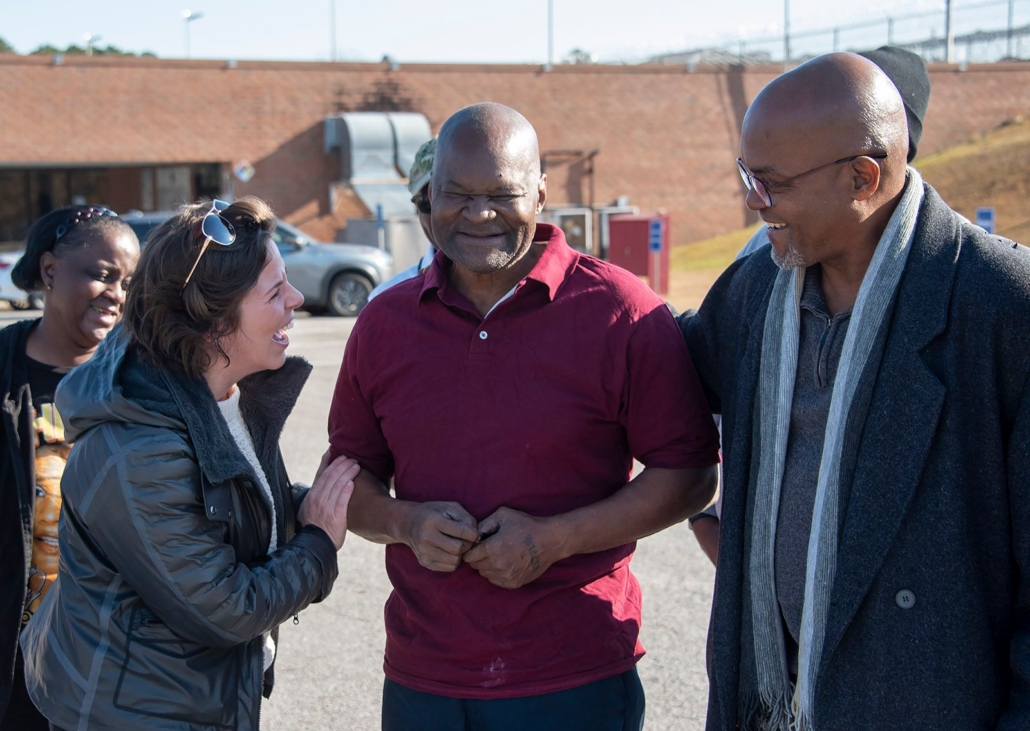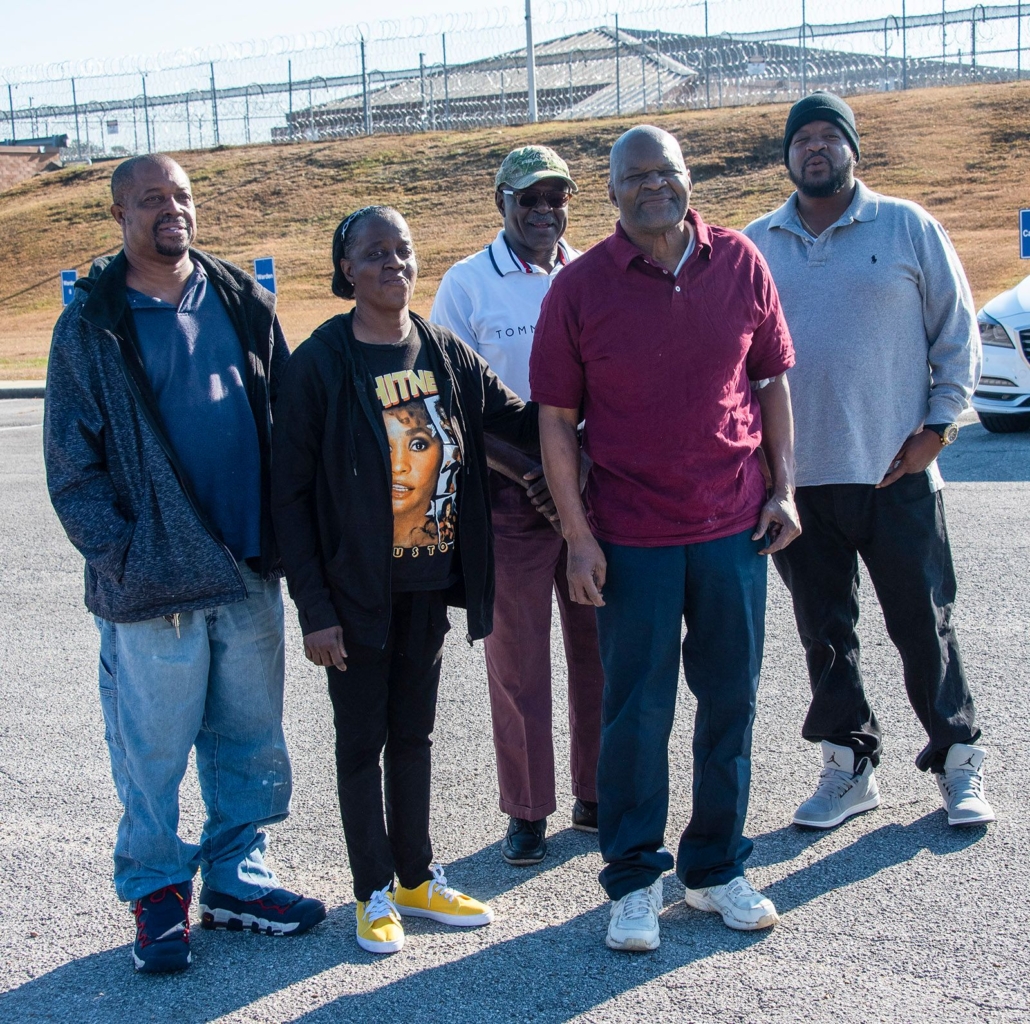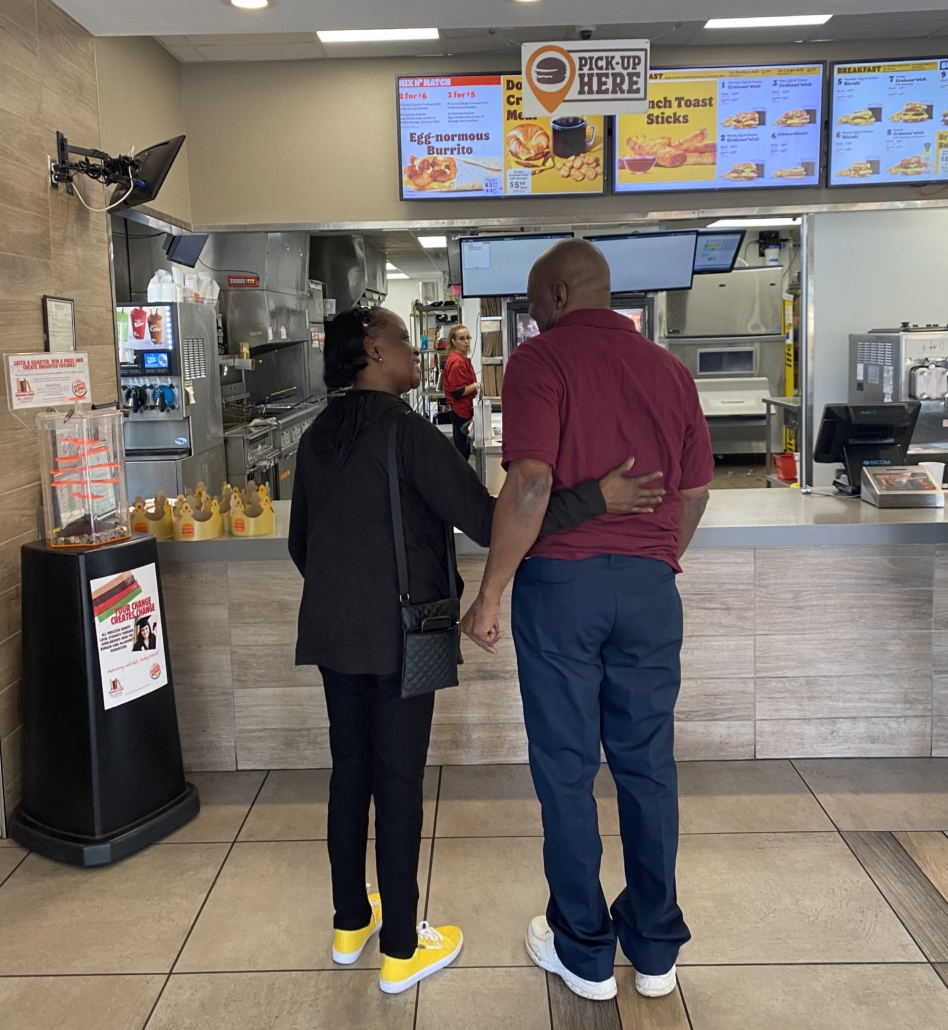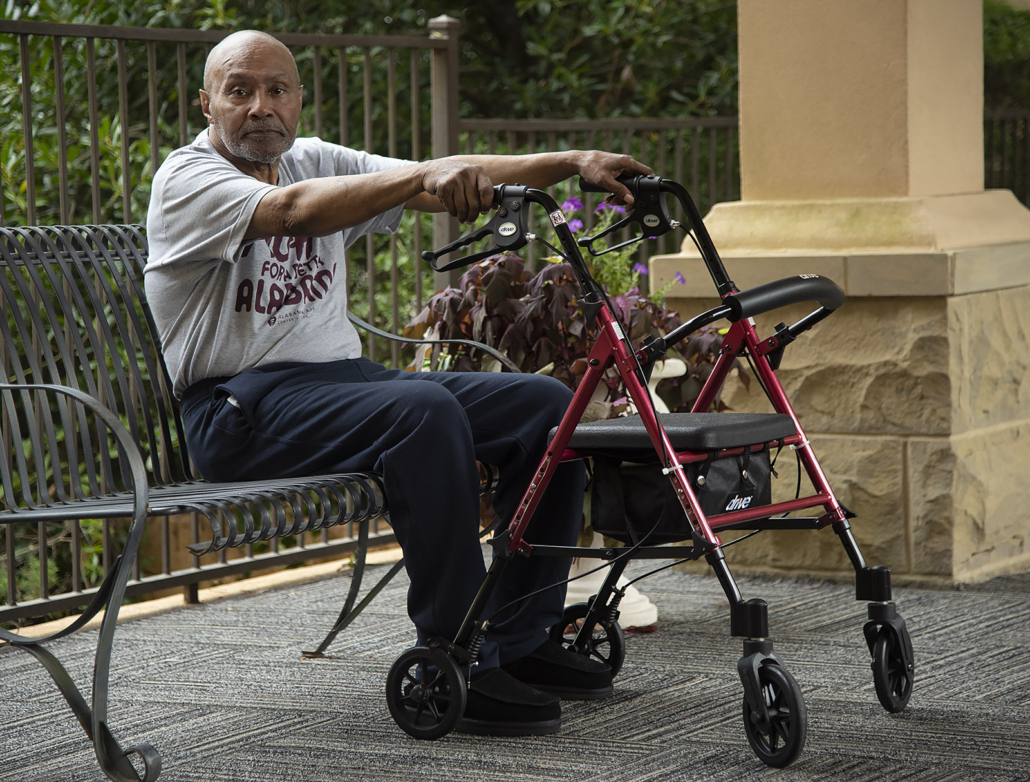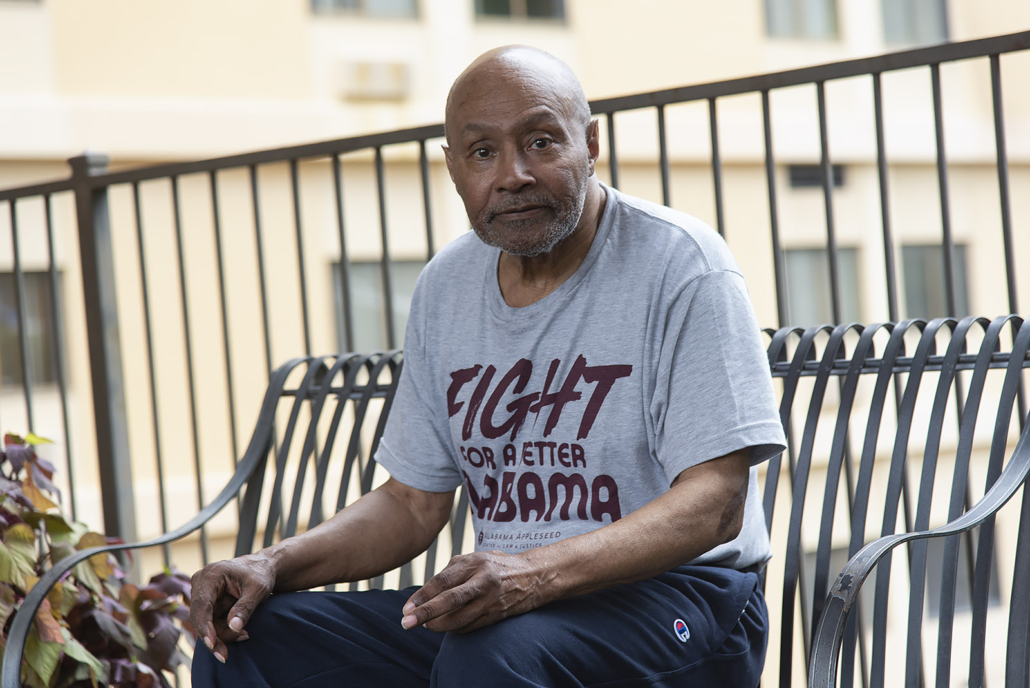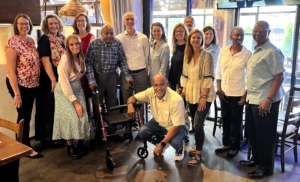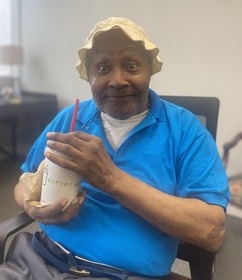Grieving family left without answers after Alabama’s scandal-plagued Department of Corrections fails to investigate the cause of incarcerated man’s death and suspends some autopsies
By Eddie Burkhalter, Appleseed Researcher

Alonzo Nathaniel Williamson died after being found in respiratory distress at Limestone Correctional Facility on May 8th, just five days before his 37th birthday (photo courtesy of his family).
In the hours after Alonzo Nathaniel Williamson died after being found in respiratory distress at Limestone Correctional Facility on May 8th, the Alabama Department of Corrections (ADOC) declined to follow its standard procedure of arranging a medical death investigation to ascertain the cause of his death. As a result, Mr. Williamson’s grieving family is left not knowing what exactly killed him just five days before his 37th birthday.
That’s because UAB Hospital terminated its longstanding agreement with ADOC to conduct autopsies and/or toxicology screens on suspected natural and overdose deaths on April 22, 2024, ADOC told Appleseed.
“Since that time, the department has made numerous inquiries, but has been unable to find another vendor to provide autopsies for ADOC inmates who died of natural causes or suspected overdoses,” the ADOC spokeswoman wrote to Appleseed.
The agreement between ADOC and UAB Hospital had the department paying $2,200 per autopsy and $100 per toxicology test, according to court documents filed in a lawsuit. That revenue may not have been enough to overcome the fallout of a recent lawsuit families filed against UAB after discovering that their incarcerated loved ones’ bodies were returned to them for interment missing internal organs.

Alonzo with his brother, Marcus (photo courtesy of his family).
“UAB has terminated its contract with the Alabama Department of Corrections and no longer performs autopsies for ADOC,” a statement from UAB to Appleseed reads. “The UAB Department of Pathology has been in compliance with laws governing autopsies to determine the cause of death of incarcerated individuals under the appropriate clinical standard, and a panel of medical ethicists reviewed and endorsed our protocols regarding autopsies conducted for incarcerated persons. UAB has one of the highest ranked pathology programs in the country, is accredited by the College of American Pathologists and is staffed by credentialed physicians who are certified by the American Board of Pathology.”
In response to Appleseed’s questions about whether the department would request a state-funded autopsy for Mr. Williamson, ADOC noted that state law doesn’t mandate the department do so for suspected natural or overdose deaths.
“All inmate deaths are investigated by the ADOC’s Law Enforcement Services Division. However, under existing state law, post-mortem examinations or autopsies are only required for deaths resulting from unlawful, suspicious or unnatural causes. (Ala. Code Section 36-18-2). In those cases, the deceased is transported to the Alabama Department of Forensic Sciences for an autopsy. Additionally, all deaths that occur in Jefferson County, Alabama, fall within the jurisdiction of the Jefferson County Coroner and are transported to the Jefferson County Coroner’s Office for post-mortem examinations and/or autopsies,” ADOC’s statement reads.
“Deaths not covered under Ala. Code Section 36-18-2 receive a toxicology screen prior to being released to the inmate’s family. Although the department previously contracted with UAB hospital to conduct autopsies on suspected overdose or natural deaths; UAB terminated its long-standing agreement with the department, effective April 22, 2024. Since that time, the department has made numerous inquiries, but has been unable to find another vendor to provide autopsies for ADOC inmates who died of natural causes or suspected overdoses,” the statement continues.
A reduction of transparency surrounding in-custody deaths in Alabama comes as state prisons are seeing more deaths than ever. Alabama prisons in 2023 saw record high deaths for a second straight year, with 325 lives lost. This total means more than 1,000 people have died in state prison custody since 2019 when Alabama government officials were put on notice of conditions so dangerous and deadly that the state was violating the U.S. Constitution’s prohibition against cruel and unusual punishment. Altogether, there were 1,045 deaths in Alabama prisons from the April 2019 release of the U.S. Department of Justice’s report detailing the horrific violence in the state’s prisons through the end of last year, according to ADOC’s statistical reports and data Appleseed gathered through records requests.
“I just want to know what happened to my son,” Carol Williamson told Appleseed.
A grieving family’s unanswered questions
Mrs. Williamson said that the prison’s chaplain first notified her by phone of her son’s death, and said at the time that he’d been found unresponsive in his bunk and had died from a suspected overdose. Statements from other incarcerated men who reached out to her family, notations in her son’s medical records made the day he died and a statement from ADOC to Appleseed tell a different story, however.

Alonzo and his mother, Carol Williamson (photo courtesy of the family).
Mr. Williamson’s medical records from his time incarcerated were with his body when he arrived at the funeral home. They say that at 8:30 a.m. on the day he died, an incarcerated man took Mr. Williamson by wheelchair to the prison’s infirmary, and that Mr. Williamson “got on the stretcher by himself.”
“He was alert and oriented but short of breath and very diaphoretic,” the records state. The medical term diaphoretic means excessive sweating due to a secondary condition.
“The inmate stated that he had been short of breath for 3 or 4 days. He appeared to be having an anxiety attack,” the record states. “…The PT lost pulse suddenly.”
The record states that Mr. Williamson was given a shot of Narcan, a drug used to reverse an opioid overdose, in his left thigh at 8:36 a.m. and nasal Narcan four minutes later. Medical staff began CPR at 8:41 a.m. and an ambulance was called at 8:45a.m.. Several notes in those records say “no shock advised.”
Staff continued CPR until his death, at 9:04 a.m., according to those records, which note that the ambulance was canceled at 9:05 a.m.
ADOC in a response to Appleseed seeking confirmation of Mr. Williamson’s death also stated that he was found in the prison’s yard, not in his bunk, as the chaplain told the family.
“On Wednesday, May 8, 2024, an inmate death was reported at Limestone Correctional Facility. Inmate Alonzo Nathaniel Williamson was discovered in respiratory distress in the yard. He was taken to the Health Care Unit where life-saving measures were administered. Unfortunately, medical staff were unable to resuscitate him, and he was pronounced deceased by the attending physician,” an Alabama Department of Corrections (ADOC) spokeswoman wrote to Appleseed.
An investigator with ADOC’s Law Enforcement Services Division who’s investigating Mr. Williamson’s death told Mrs. Williamson that the chaplain likely had incomplete or inaccurate information when he called to inform her of the death. Appleseed has spoken with other families who have received similar incorrect information on loved ones’ deaths from chaplains in several different prisons.
“He was a good kid. He loved to fish, and hang out with family. He was family-oriented,” Mrs. Williamson said of her son, whom the family calls Lonnie.

From left: Alonzo with his brothers, Jacob, and twin brother Lorenzo (photo courtesy of his family)
Lonnie’s twin brother Lorenzo, whom the family calls Renzo, is taking his brother’s death hard, his mother said. The two were very close. When Lonnie fell out of a tree growing up, Renzo limped for two weeks, she said.
“He’s not good. He’s not good,” Mrs. Williamson said of Renzo.
The family made the decision that if they were going to get answers as to what killed Lonnie, they’d have to take the investigation on themselves. They paid a private pathologist $5,500 to conduct an autopsy, but it’s unclear if they’ll get those answers, because Mr. Williamson’s body was embalmed by the funeral home before the pathologist conducted the autopsy, which took place on May 15th. That pathologist told the family he believes he can still find answers for them, but the family worries that won’t be the case.
To help the family shoulder the burden of paying for the autopsy, the family set up an online fundraiser.
Mrs. Williamson said Mr. Williamson had been off of drugs for three years prior to his death, and that he looked like himself at a viewing held for the family, but that the medical records from his time incarcerated show he may have overdosed in 2022. Dangerous drugs are readily available in Alabama prisons, and deaths by overdose or for other drug-related reasons, including retaliation for unpaid drug debt, are common.
But there’s also reason to think Mr. Williamson may have died from medical neglect, the family explained. He was stabbed seven times by another incarcerated man at Limestone in December, and released back to the prison in January, his mother said. The stabbing punctured a lung, but even long before the stabbing Mr. Williamson has been complaining to family about trouble breathing and chest pains. His mother is unsure if he received adequate followup care following the stabbing, which only exacerbated his breathing problems.
If it was drugs that killed him, how and why were drugs inside Limestone prison, Mrs. Williamson asked. She noted the recent arrest of Limestone’s warden, Chadwick Crabtree, who’s charged with second-degree possession of marijuana, unlawful possession of a controlled substance, manufacturing of a controlled substance, and possession of drug paraphernalia. Crabtree is alleged to have grown psychedelic mushrooms at his home, according to court records.
A shortage of funding and expertise
“Anytime a person in our community dies while in the custody of this government….We as a people should want that death vetted,” Jefferson County Chief Deputy Coroner Bill Yates told Appleseed.
“You remove a post mortem exam from the equation, it opens up rampant rabbit trails in speculation,” Mr. Yates said of the families seeking answers for their deceased incarcerated loved ones. “In my experience, medical legal death investigation in Alabama is dysfunctional. It needs to be revamped.”

Alonzo with his niece, Kinna (photo courtesy of his family).
In Jefferson County, unlike every other county in Alabama except for Mobile and Tuscaloosa counties, a board certified forensic pathologist investigates unnatural deaths, and by local law must investigate all in-custody deaths. Jefferson County prior to 1977 operated under the coroner system, which saw the election of typically untrained and uncertified lay people by the county’s voters. The legislature abolished that system in 1977 that system, replacing it with the Jefferson County Coroner/Medical Examiner’s Office, which requires the coroner/medical examiner of Jefferson County to be a board certified forensic pathologist.
Mr. Yates explained that Jefferson County’s large population can adequately fund his office, whereas in many other smaller population counties, that’s not the case, and those coroners’ offices often work with few resources. He described one such small county that didn’t have a vehicle able to transport deceased persons.
“The problem I see is the state of Alabama coroner law does not require that the coroner take jurisdiction to determine cause and manner of death in in-custody deaths,” Mr. Yates said. He would like to see that law changed to require coroners to take jurisdiction over all in-custody deaths.
“There are different levels of jurisdiction, but at a minimum, you should be the one signing a report. You, as the coroner, should be the one signing the death certificate for cause and manner of death. How you go about doing your investigation, that should probably be left to the coroner, as to the extent of it,” Mr. Yates said.
That’s where funding comes into play. Some county coroners have told the Alabama Department of Corrections that in-custody deaths should be handled by ADOC’s contracted health care providers, which have state board certified doctors on staff.
“Somebody dies in your prison, don’t contact me. I don’t need to know about it,” Mr. Yates said those coroners have told ADOC.
“They can make them do it,” Mr. Yates said of ADOC requiring vendor-employed doctors to handle in-custody deaths. “But they’re a contracted entity by the Department of Corrections, so if you go back to this idea of all in-custody deaths being vetted by an outside source, then I don’t think you really should have that vendor doctor in-house signing the death certificate. It’s really just common sense.”
Some county coroners have said they’ll sign death certificates for in-custody deaths, but they decline to request post-mortem exams or have toxicology screenings done, and they may also decline to take custody of the body, and instead require the body be sent to the funeral home of the family’s choosing, Mr. Yates explained.
“Or they can take it one step more and they say, well, I’ll come to the scene and look at the body, but I’m not doing anything else, other than signing the death certificate and do a report,” Mr. Yates said.
State law doesn’t allow a county coroner to order a post-mortem exam through the State Medical Examiners Office. To get a state-funded autopsy done, a coroner must by law get permission from the local district attorney, circuit court clerk or judge, or from the governor, Mr. Yates said. He explained that local DA’s are typically focused on handling criminal matters, not deaths in which there isn’t thought to be a crime committed, such as a suspected in-custody natural or overdose death.
To complicate matters, state law requires that, even if a coroner gets permission to order a taxpayer-funded post-mortem exam by the state Medical Examiner’s office, the extent to which that exam is done – whether a full autopsy or simply a review of the body, or a toxicology screening – is decided upon by the forensic pathologist at the state Medical Examiners office and not the local coroner. State law also says that transporting the body to the state medical examiner’s office is the responsibility of the law enforcement agency that would have jurisdiction to investigate, if there needed to be a criminal investigation done, Mr. Yates said.
“So where does their interest end?” Mr. Yates said of those local law enforcement agencies. “If there’s no obvious signs of a criminal violation, naturally they’re going to lose interest.”
If those local county coroners decide to forgo the state-funded post-mortem exam through the state Medical Examiner’s office, they can seek such exams from pathologists at local hospitals, but that cost falls upon the local coroner’s offices. That’s a burden many such offices cannot afford, Mr. Yates explained.

Alonzo with his grandfather, Gary Wallace (photo courtesy of his family).
He commended ADOC for having contracted with UAB Hospital years ago to conduct those autopsies, and said that while the public might think that in-custody deaths are the responsibility of local coroners to investigate, that burden, in all but a few counties, legally falls upon ADOC to manage and pay for.
“And I really do think they were kind of left out to dry in this situation. They’ve got prisons in all of these rural counties all over the state,” Mr. Yates said.
He explained that he doesn’t have an opinion about who’s right or wrong in the missing organs matter, and said that while he doesn’t blame UAB Hospital for cutting ties with ADOC, given the immense public pressure and legal cases that have resulted, his office doesn’t have the resources needed to handle all of ADOC’s post-mortem needs.
“We need another doctor as is, just to keep up with our case loads from Jefferson County,” he said, noting that homicides in his county do not make up most of his office’s workload, which instead is busiest investigating all other suspected unnatural deaths.
“I think we need to not look at the Department of Corrections specifically. I think there needs to be a comprehensive rewrite of the coroner law in Alabama,” he said.
Mr. Yates explained that he hates what has happened between UAB and ADOC, and what it means for the outcomes of those in-custody death investigations. He recommended ADOC make a practice of referring all in-custody deaths to local coroners for examination.
Transparency Matters
It’s critically important to the families of those who died in custody, and to the public, to understand why these deaths are occurring, and when they were preventable, Aaron Littman, assistant professor of law at UCLA School of Law, deputy director of the UCLA Law Behind Bars Data Project and faculty director of the law school’s Prisoners’ Rights Clinic told Appleseed.
“There is a national crisis of failure to report and understand deaths in custody, and the importance of that really can’t be overstated,” Mr. Littman said. “These deaths are happening out of public view, and in institutions that have total control over people’s access to information, access to medical care, institutions that are often plagued by violence, and often access to illegal substances.”
Without those critical, substantive medical death investigations, the door is left open for all sorts of problems, Mr. Littman explained.
“It might be the case that a death that is suspected of being of natural causes, is not. Either that’s because it is substance-related, or because it is in fact violence-related. Whether it is death that resulted from a medical process, but one that could have been easily avoided had appropriate medical care been provided in a timely fashion,” Mr. Littman said. “These are the sorts of things that we don’t know if death investigations aren’t conducted.”
There’s good reason to be concerned about less transparency when it comes to in-custody deaths in Alabama. ADOC has a history of misclassifying deaths, as the U.S. Department of Justice noted in a 2019 report. “There are numerous instances where ADOC incident reports classified deaths as due to ‘natural’ causes when, in actuality, the deaths were likely caused by prisoner -on- prisoner violence,” according to the U.S. Department of Justice’s findings in the report.
The death certificate for Christopher Latham, 40, who died on Oct. 10, 2023, following an assault by another incarcerated man at Ventress Correctional Facility on Oct. 4, lists the manner of death as an “Accident” despite also noting that the injury was the result of a “prison fight.” The death certificate, first obtained by ABC 33/40’s Cynthia Gould, lists the immediate cause of death as respiratory failure and the underlying cause as “Intracranial Trauma.” Mr. Latham had previously been struck in the head with a weight at Staton Correctional Facility prior to being taken to Ventress prison, where the second assault occurred, according to statements from his family and ADOC.
“In terms of drug use, to the extent that the prison system has an interest in addressing the problem of people dying of overdose, which of course it should, it’s important to understand what people are overdosing on,” Mr. Littman said. “So that requires a toxicology screen, and in my view, the failure to conduct medical examinations reflects a profound disinterest in keeping people healthy and safe.”

Alonzo Williamson (photo courtesy of his family)
There’s also a concern over who is making the decision that a particular in-custody death might be a suspected overdose or from natural causes, which in Alabama prisons now would mean no state-funded autopsy or toxicology screening.
“Whether or not a person making that decision has some incentive to minimize the number of autopsies conducted, which they might if they work for the prison system, they’re unlikely to be qualified to make that decision,” Mr. Littman said. “If that person is an employee of the prison system, they are not a medical examiner.”
“A well-functioning prison system considers information it receives about who is dying and how, and uses that information to adapt to change policies, to shift practices, to potentially hire more or different staff in some areas or another,” Mr. Littman said. “It responds to what it learns in order to improve things and keep people healthy and safe, and if you don’t have the information, you simply can’t do that.”






 During the 2022 fiscal year the three-member Pardons and Paroles Board denied 90 percent of applicants for paroles, according to board statistics, down from 46 percent denied during fiscal year 2017, and Black applicants are being paroled less than half as often as white applicants.
During the 2022 fiscal year the three-member Pardons and Paroles Board denied 90 percent of applicants for paroles, according to board statistics, down from 46 percent denied during fiscal year 2017, and Black applicants are being paroled less than half as often as white applicants. 







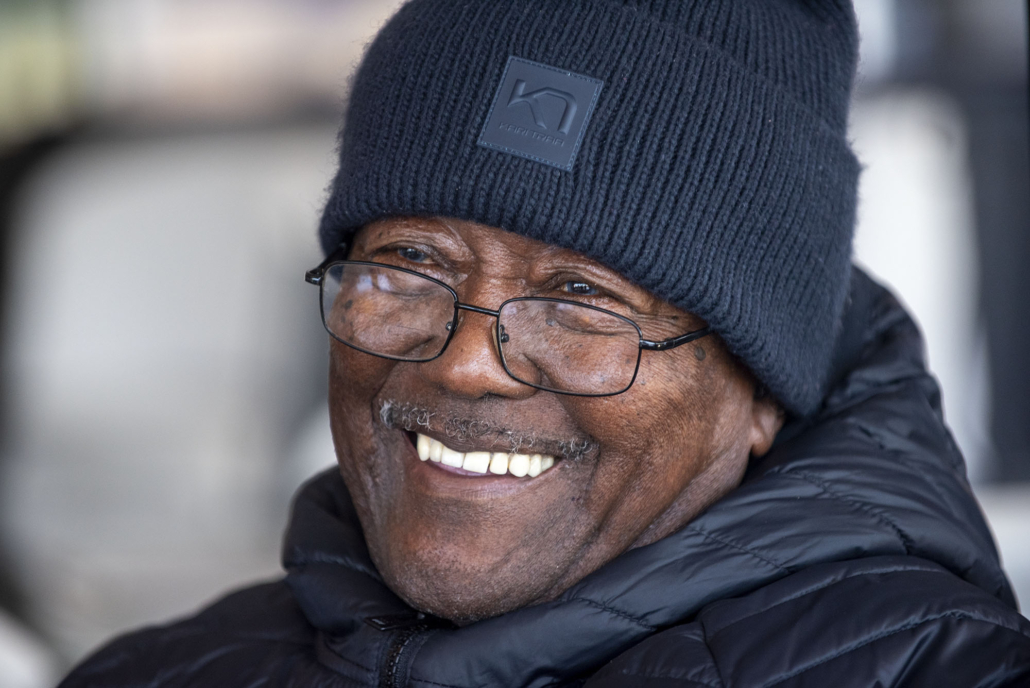
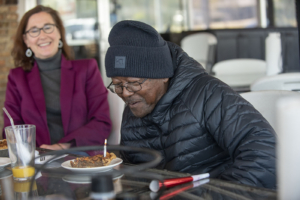

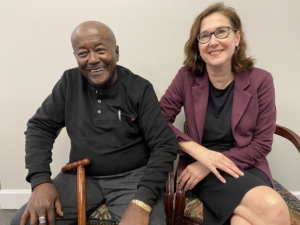
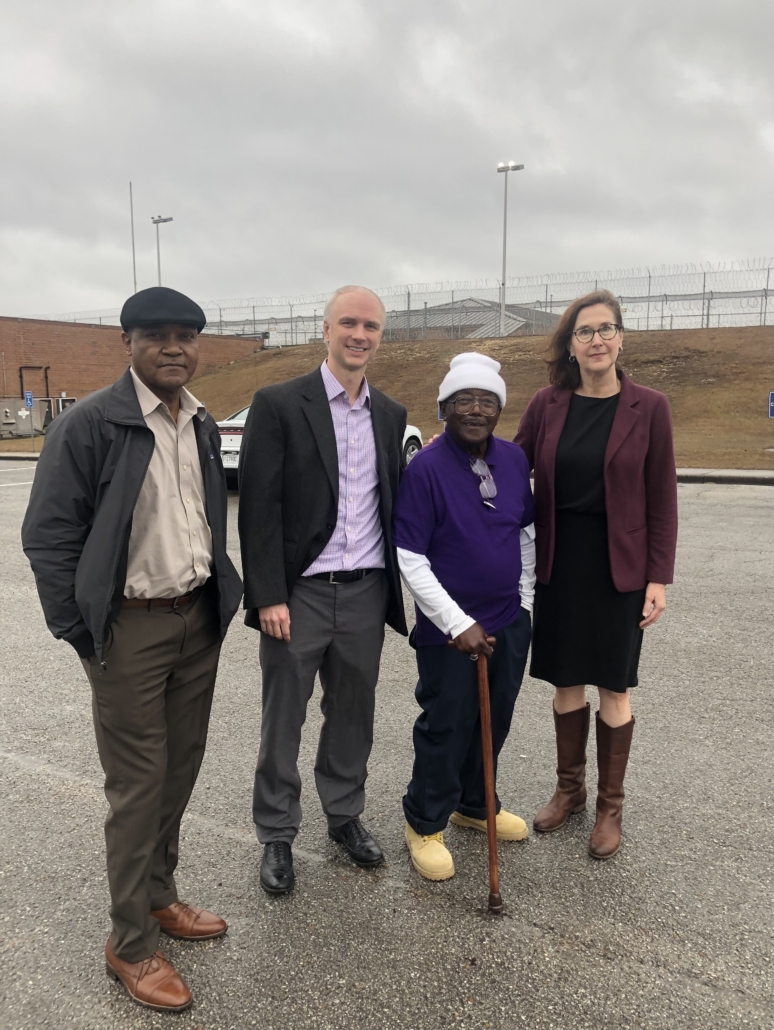

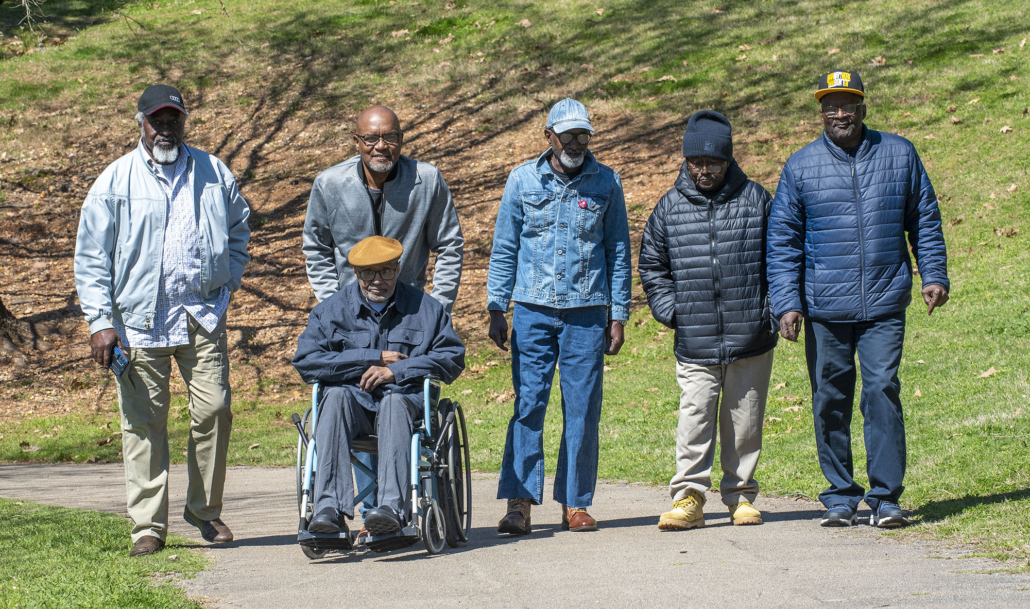
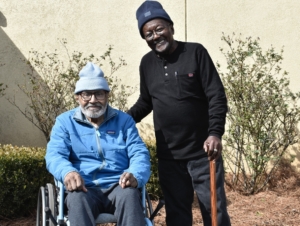



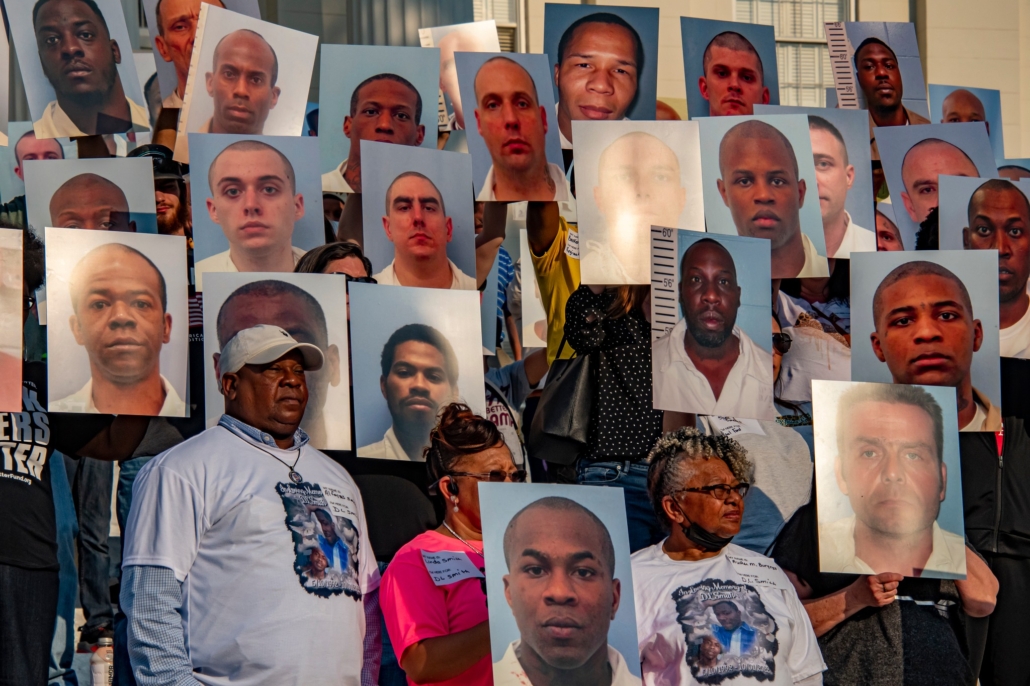
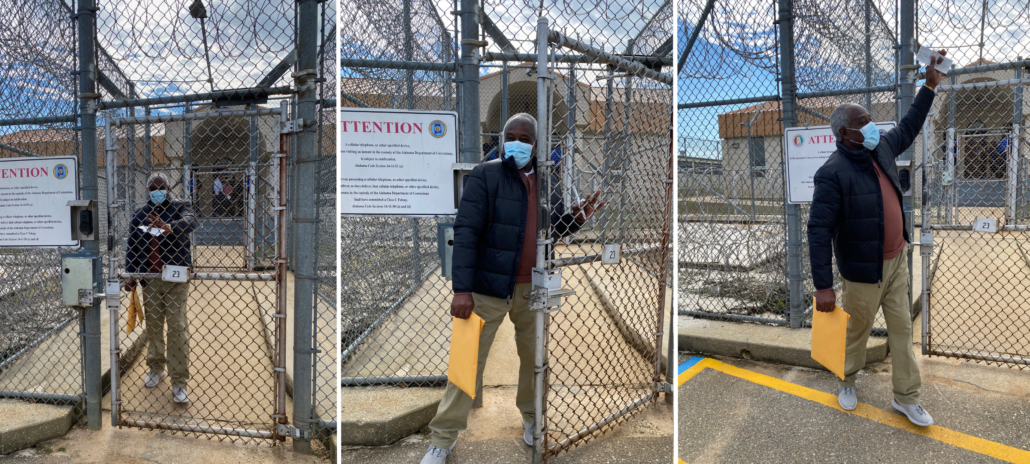
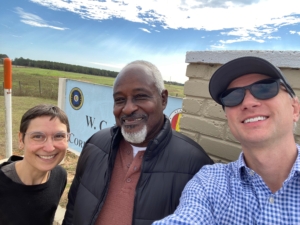
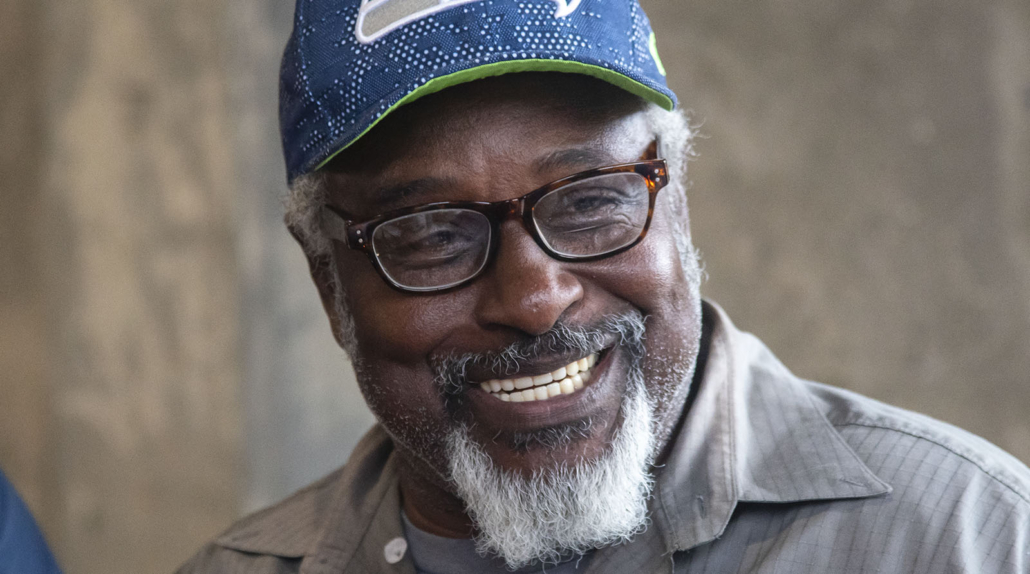

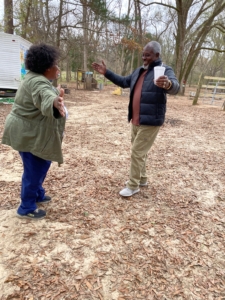
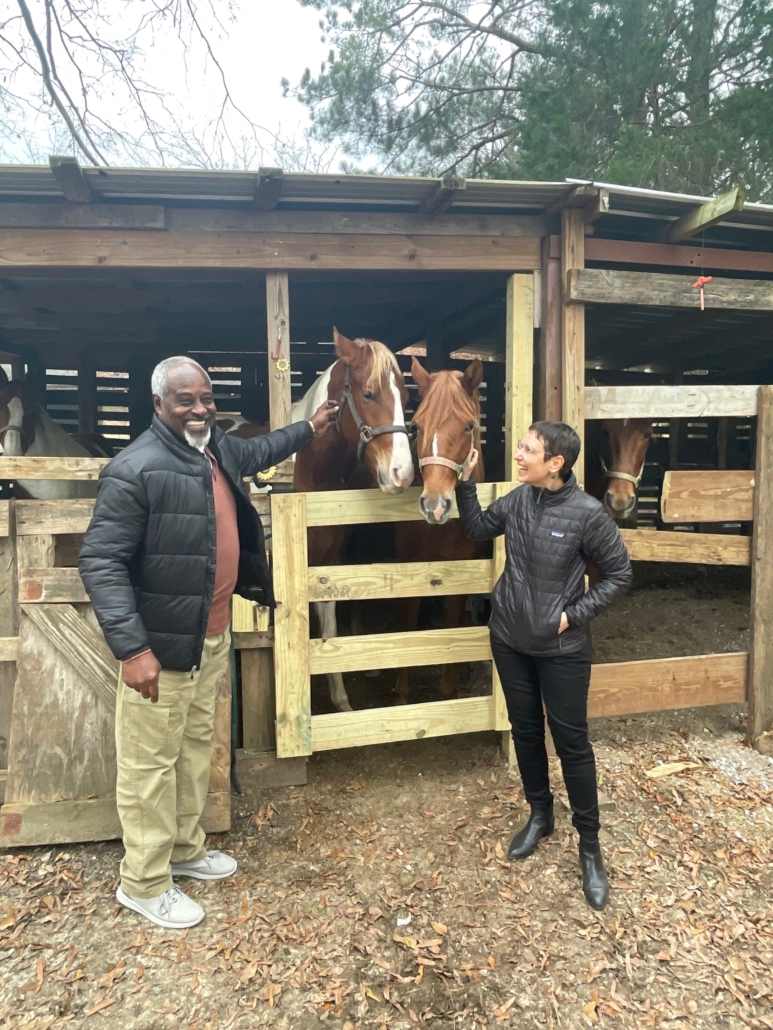
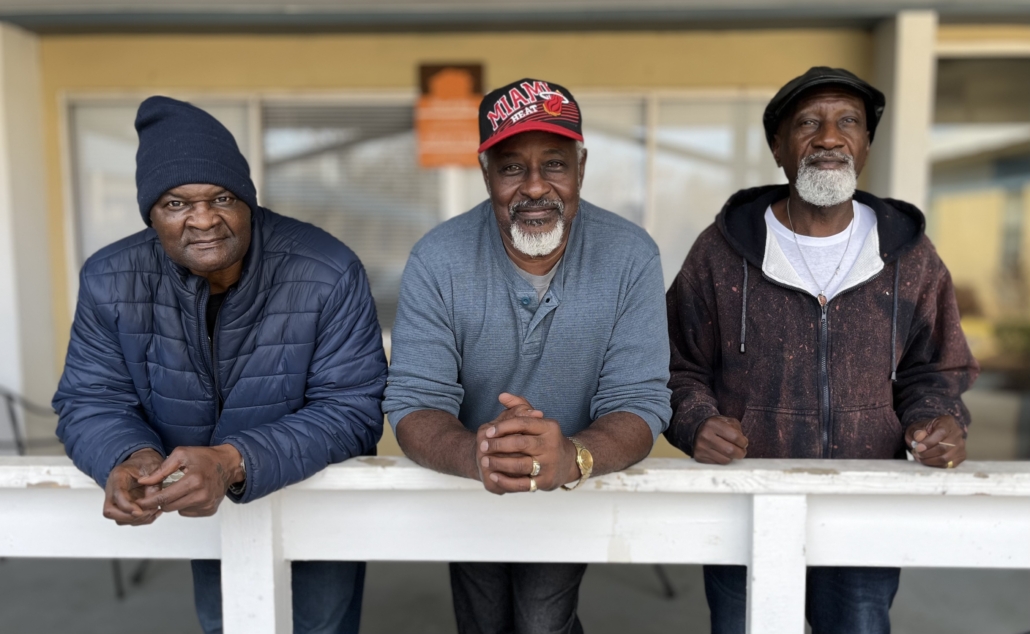
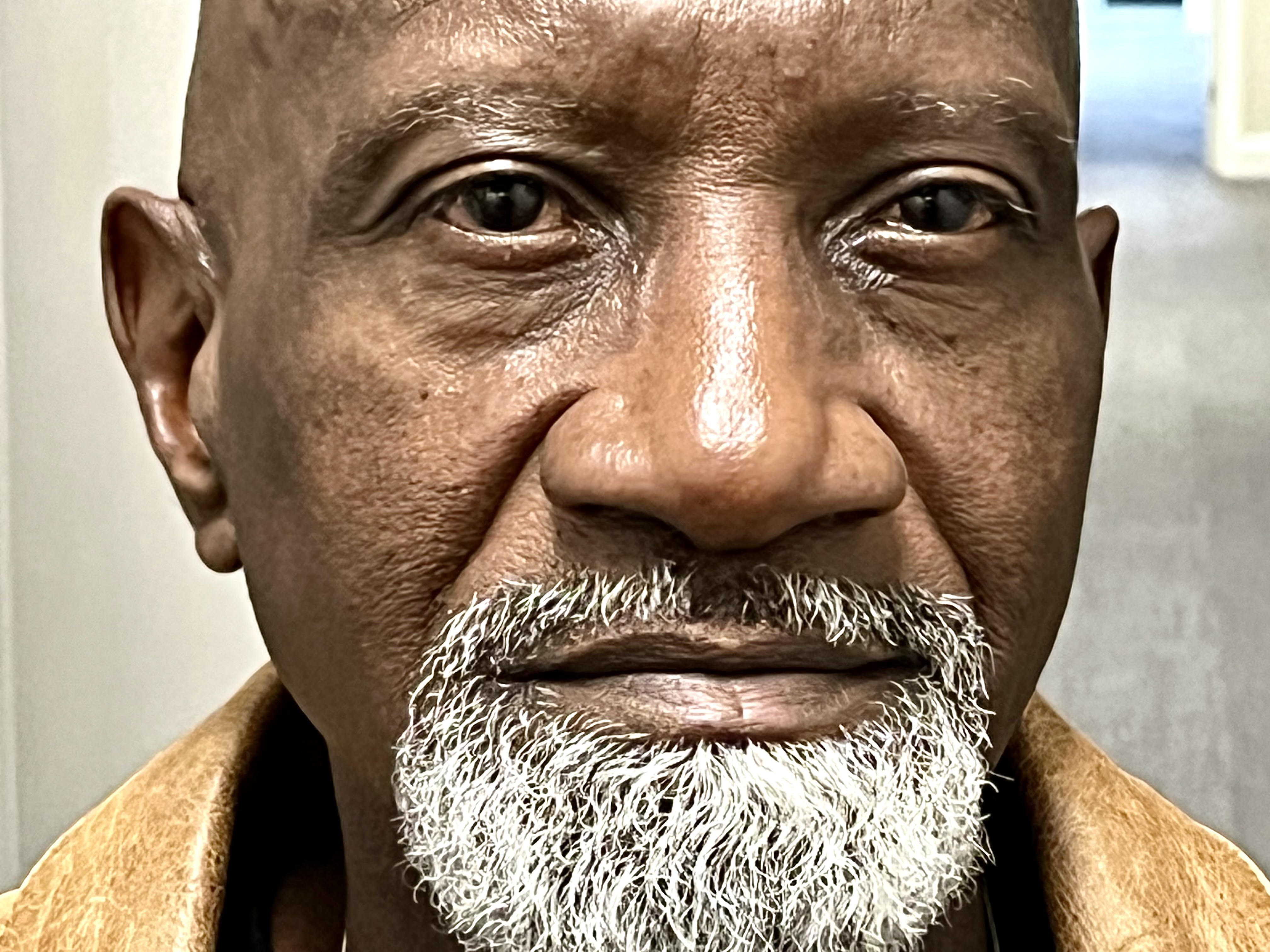
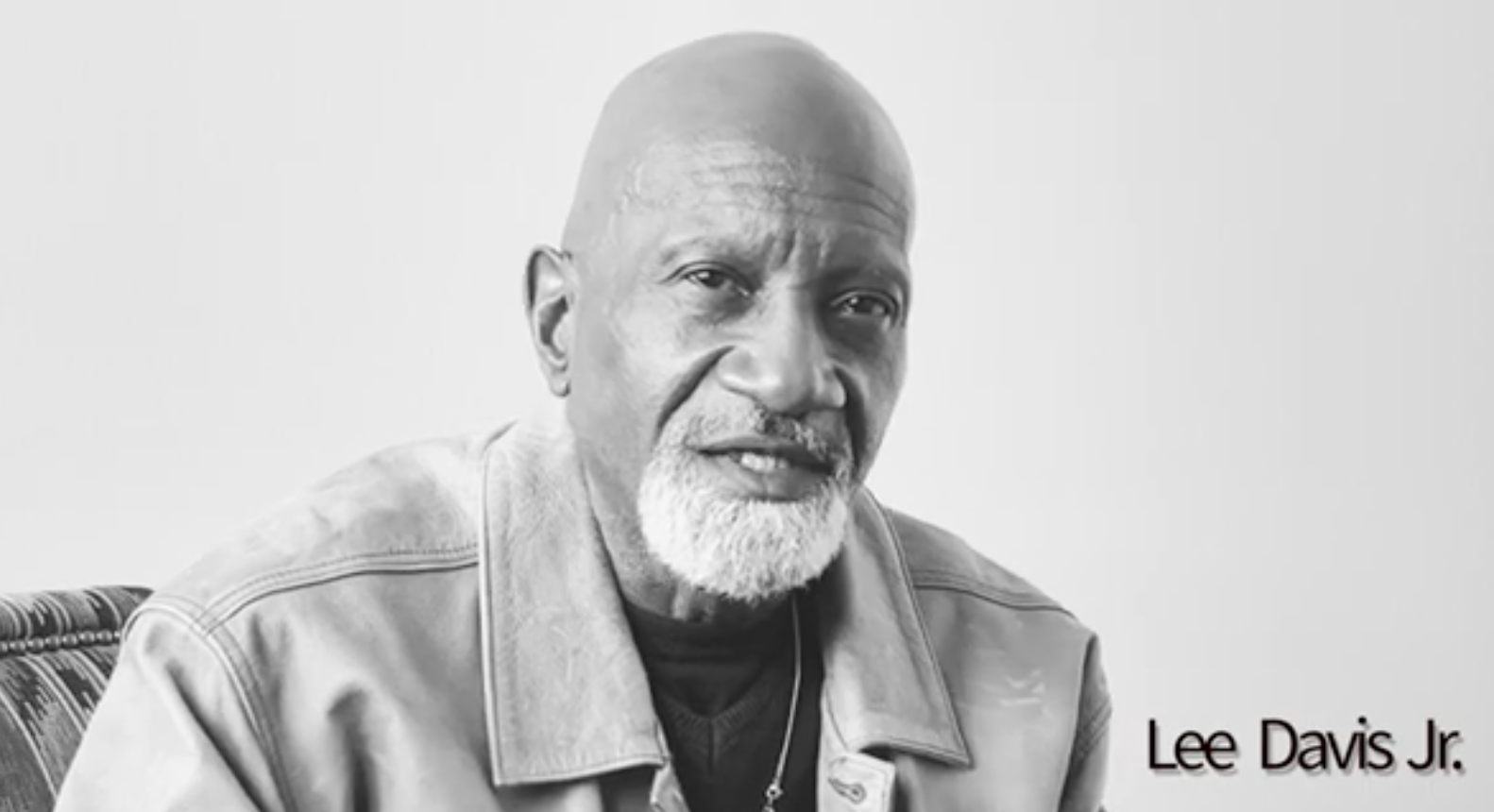
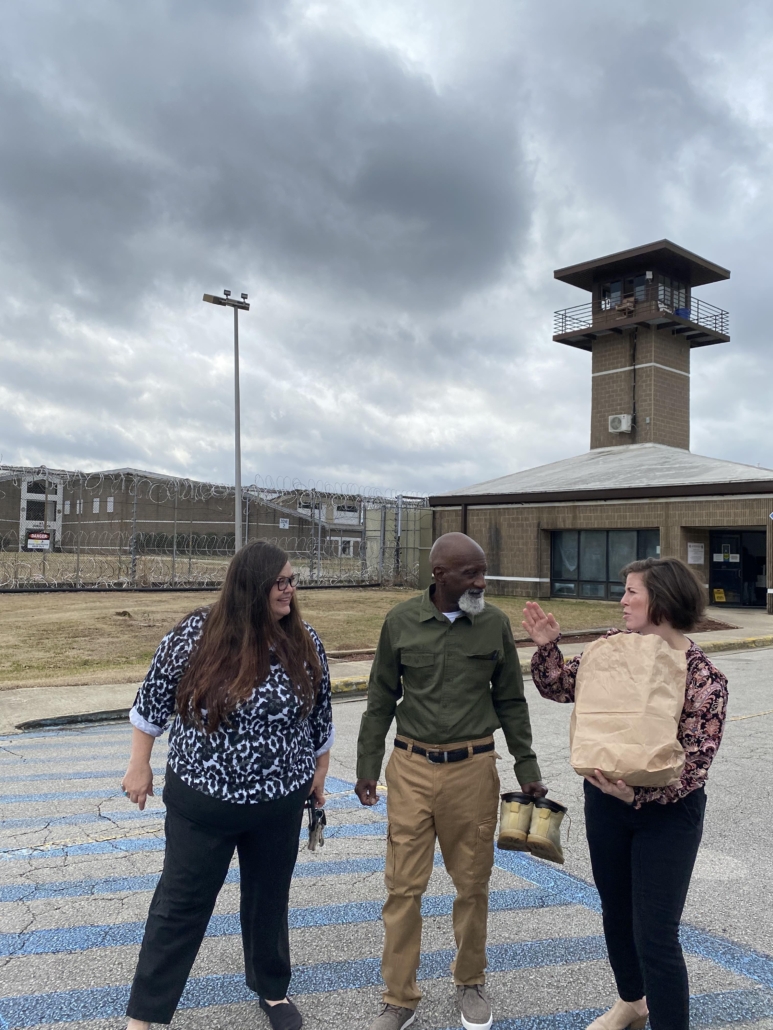



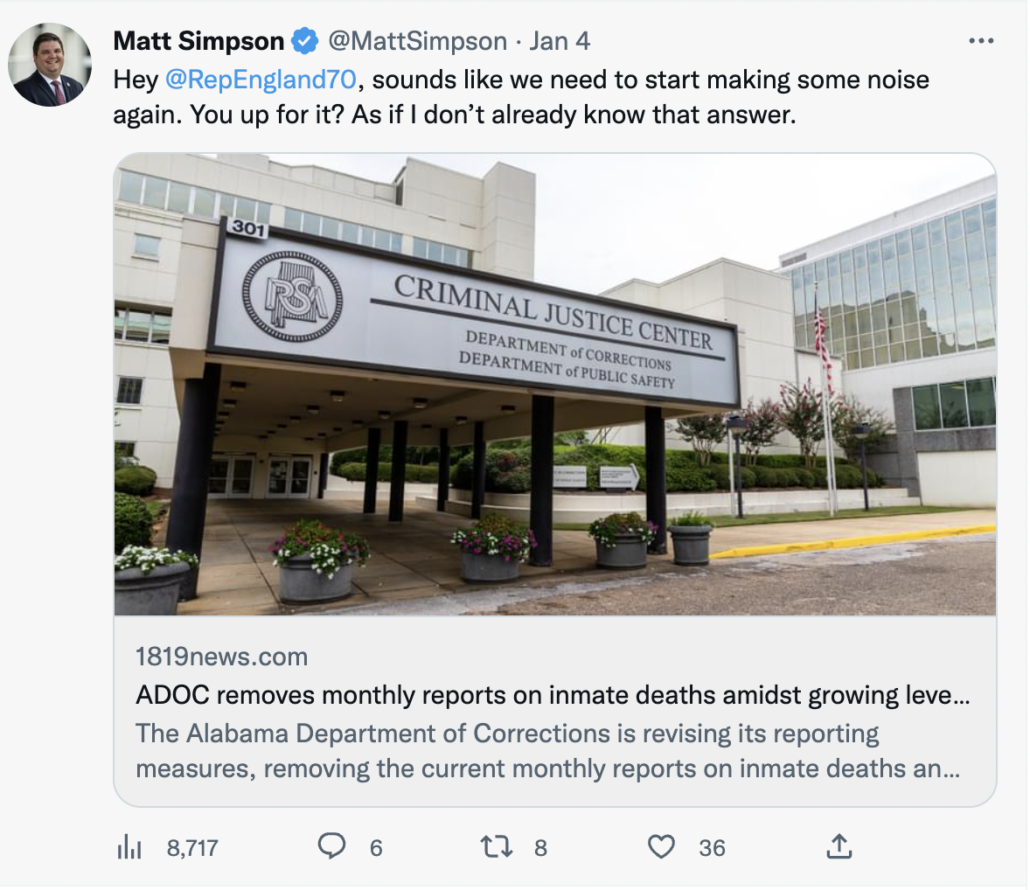 Rep. Matt Simpson, a Republican and former prosecutor from Baldwin County, who has called out ADOC mismanagement in the past, responded: “He’s not wrong.”
Rep. Matt Simpson, a Republican and former prosecutor from Baldwin County, who has called out ADOC mismanagement in the past, responded: “He’s not wrong.”
